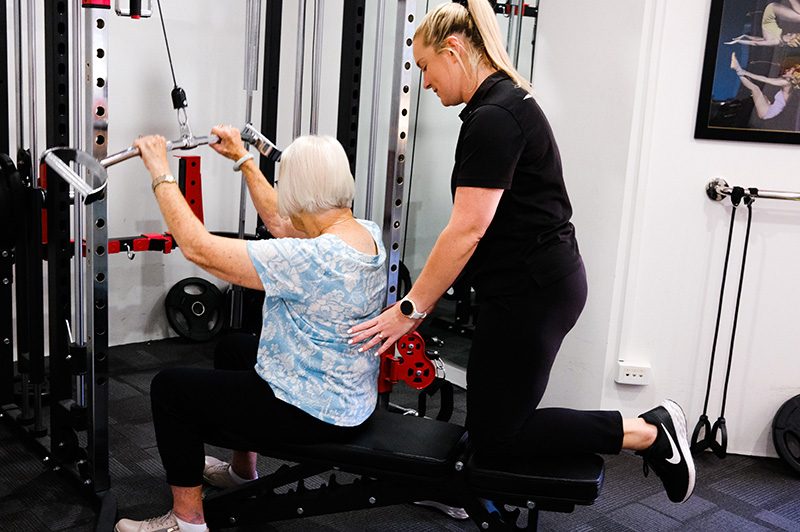Thanks for clicking through and checking out our blog on exercise and osteoarthritis!
We treat a lot of people who are suffering with osteoarthritis (OA) and we know how frustrating it can be when you just want to get on with life and function.
Here, we give a great summary of OA and pay special attention to OA of the knee (knee and hip are the most common areas to have OA).
So, What is OA?
OA is a type of arthritis that is characterised by joint space narrowing. Typically this involves a loss of cartilage and may or may not produce varying levels of pain. What we do know is that scan findings aren’t always a reliable way of telling how much someone is affected by their OA.
For example, you can have a person with high levels of pain but very little change on a scan. Or vice versa, with a person who has low levels of pain but large changes on a scan. Equally, some people will have large changes on a scan and also high levels of pain. Or small changes on a scan and low levels of pain.
The point here is that everyone is an individual and your treating practitioner should be making a decision on treatment based on scan findings and your symptoms. They should also be involving YOU in the decision making because at the end of the day YOU are the person that has to live with your pain and symptoms.
Some people may elect to take up a surgical option and these are numerous depending on the severity of symptoms, scan findings and of course the preference of the surgeon.
But there can be another way. In fact, there should always be another way to begin with (especially when it come to knee OA).
A recent review has made strong recommendations that “exercises should be a core treatment for osteoarthritis.
As Physiotherapists, we can completely get on board with this as there is now a strong body of evidence to suggest that exercise can improve pain and function for people with knee OA. We also see great success stories with our clients- especially when they adhere to exercises over a longer period of time.
However, we usually get asked the same questions by patients that are starting their journey with OA.
That Question is: How can I Exercise when It Hurts?
This is a very valid question as often people associate exercise with pain and therefore potential injury or damage. So, we usually start our treatment with some education on the ins and outs of OA which helps to alleviate any fear that may come with exercise.
But, here is the key thing.
After going through a thorough assessment and identifying short and long term goals, we tailor exercise to suit your needs. Our 90 year old patient who simply wants to get to the shop and back is going to require a very different program to our 55 year old who wants to play masters volleyball.
So, by understanding your goals, we can then implement a slow and progressive exercise plan. By starting slow we can reduce any post exercise soreness and increase your confidence in movement. We then progressively add to your program until you are exercising to a good level to create meaningful changes to your symptoms. Often this can mean progressing clients to levels that they thought might not be possible. I’m talking leg specific strengthening exercises, squats and lifting good sized weights.
For knee OA there is a good correlation between strengthening the quadriceps muscles (top of the thigh) and improvements in pain and function. But to get a meaningful change in strength you need to challenge the muscles first. Once challenged your muscles will adapt and become stronger- you just have to give them the environment to thrive and your Physiotherapist can help you to achieve this.
A fantastic side effect of exercises can also be weight loss- again shown to correlate well with reductions in symptoms for those with OA.
So our take home message is that exercise should be on the front line when combating OA.
But we understand that it can sometimes be scary and you might not know where to start. However, if you have found this article useful please feel free to reach out to us and start a conversation.
We’d love to help!
Thanks for reading,
Dave and Ash (Directors at The Physio Rooms Woodvale)

